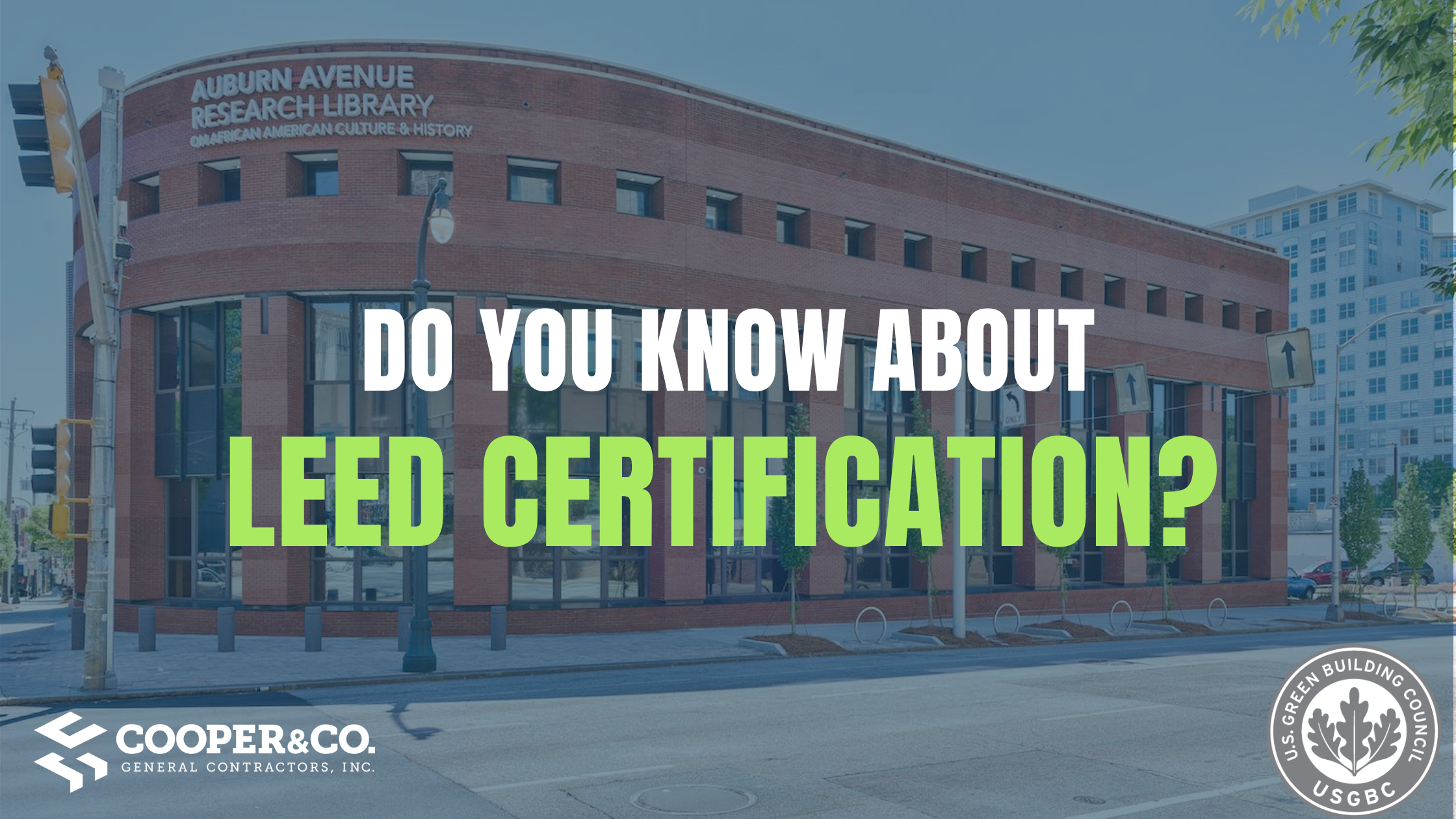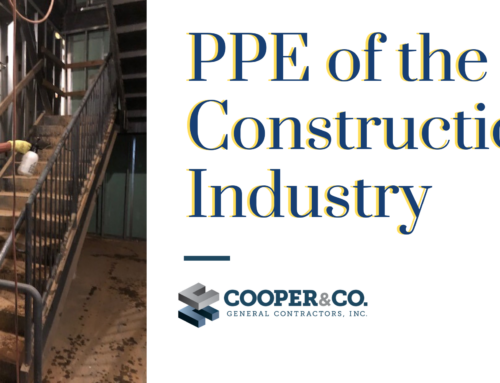Have you ever happened upon a LEED Certified plaque while walking though a building? Have you wondered what that stood for?
LEED stands for Leadership in Energy and Environmental Designed. The certificate was created by the US Green Building Council (USGBS) in 1998.
It is a green building rating system that is used for most all building types. Any new construction or major renovation project can achieve a LEED certification if they choose to.
According to the US Green Building Council, “While there are many different definitions of green building out there, it is generally accepted as the planning, design, construction, and operations of buildings with several central, foremost considerations: energy use, water use, indoor environmental quality, material section and the building’s effects on its site.”
Different credit categories are made within the rating system to determine the level of certification achieved. A project can be given basic LEED certified (40-49 points), Silver (50-59 points), Gold (60-79 points), or Platinum (80+ points) based off of the point rating system.
Some basic points given are for the amount of recyclable or rapidly renewable material used, duct work, cleanliness of job-site, light pollution, etc. You are also given credit if you use unsuitable or otherwise unusable sites that you have cleaned up and can now be utilized.
Points can also be achieved not just with the energy savings of the building but also how customers can utilize the energy savings such as electric/hybrid car charging stations and bicycle racks.
“LEED acts as a framework for decision-making for project teams in all of these areas, rewarding best practices and innovation and recognizing exemplary building projects with different levels of LEED certification”, states the US Green Building Council.
Green buildings have many environmental benefits which in return makes it more cost effective for you! Think major water and energy savings!
Many construction professionals become a LEED Accredited Professional. This process includes a rigorous class and test. You have to score 170 or over on a 200-point test in order to pass. Cooper & Company employs 5 LEED Accredited Professionals.
Cooper & Company is currently working on two LEED certified projects, both the Duluth Branch Library and Norcross Branch Library for Gwinnett County. We also previously completed 2 other LEED Certified projects, Auburn Avenue Research Library and the Georgia Army National Guard Regional Readiness Center.
To learn more visit: https://www.usgbc.org/leed
https://www.usgbc.org/projects/auburn-avenue-research-library-0






